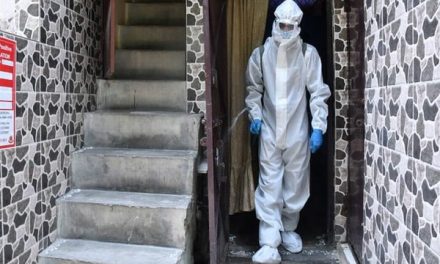India on Friday successfully flight-tested the endogenously developed high-speed expendable aerial target (HEAT), ABHYAS, from the Integrated Test Range (ITR) in Odisha’s Chandipur, off the coast of Bay of Bengal, DRDO sources said. The vehicle can be used as an aerial target for evaluating various missile systems.
The performance of the target aircraft was monitored through telemetry and various sensors, including radars and electro-optical tracking system (EOTS), the sources said.
During the trial, the target was flown from a ground-based controller in a pre-designated flight path at subsonic speed. The vehicle can be used as an aerial target for the evaluation of various missile systems. It was first successfully flight tested in May 2019.
Under development since 2012, Abhyas is designed to simulate aircraft for endo-atmospheric, surface-to-air, and air-to-air interception missile testing.
It features an adjustable simulated radar cross-section with a Luneburg lens in its nose cone to improve the target’s radar reflectiveness and an acoustic miss distance indicator (AMDI) system.
Abhyas is designed and developed by DRDO’s Aeronautical Development Establishment (ADE), Bengaluru. The air vehicle is launched using twin under-slung boosters which provide the initial acceleration to the vehicle. It is powered by a gas turbine engine to sustain a long endurance flight at subsonic speed. The target aircraft is equipped with MEMS-based Inertial Navigation System (INS) for navigation along with the Flight Control Computer (FCC) for guidance and control.
The current flight test is carried out as a part of developmental flight trials. Expression of interest for the production of the vehicle has already been floated to Indian industries. This indigenous target aircraft, once developed, will meet the requirements of High-speed Expandable Aerial Targets (HEAT) for the Indian Armed Forces.
The Abhyas is launched from a mobile launcher with the help of two 68 mm booster rockets, manufactured at the ordinance factories. At the end of its launch phase, the burnout booster rockets are jettisoned.
Thereafter, the main gas-turbine engine powers the vehicle during the cruise phase.











